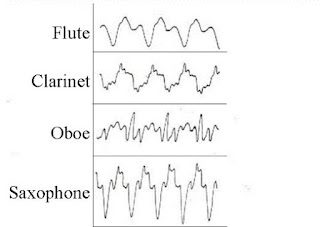Psychology of the Dorian Mode
What a mode is
The notes of Dorian are from D to D.
Or in the key of C, a Dorian scale would be C,D,Eb,F,G,A,Bb,C.
Examples of pieces in the Dorian mode are Scarborough Fair/Canticle by Simon and Garfunkel, Bach BMW 538, large swathes of pre-Baroque music, and "So What" by Miles Davis.
The character of Dorian is more minor than the Major scale, but less minor than the Minor scales. It's more or less halfway in between.
It has a beautiful mystical and somewhat mysterious sound that is a mixture of dark and light, being very suitable for giving a piece a Medieval or Renaissance atmosphere. I would say Dorian is better for melodic or counterpoint-based works more than modern harmony. It can mix well when modulated to from either major or minor. Use of this mode started to decline during and after the Baroque period, as the modes condensed into the now-dominating major and minor keys. Sadly, this has at times had a negative effect on the psychological variety of music. Modes are starting to come back in style in guitar playing and some styles of music such as metal.
Personally, Dorian is one of my favorite modes. I sadly do not use it too often when improvising, but I probably should more. It was a popular mode for chants and used in Fux's Gradus Ad Parnassum, as was every mode except Locrian.
What is your favorite work in the Dorian mode?
Have you composed or improvised with it?
Thank you!
Azure
The notes of Dorian are from D to D.
Or in the key of C, a Dorian scale would be C,D,Eb,F,G,A,Bb,C.
Examples of pieces in the Dorian mode are Scarborough Fair/Canticle by Simon and Garfunkel, Bach BMW 538, large swathes of pre-Baroque music, and "So What" by Miles Davis.
The character of Dorian is more minor than the Major scale, but less minor than the Minor scales. It's more or less halfway in between.
It has a beautiful mystical and somewhat mysterious sound that is a mixture of dark and light, being very suitable for giving a piece a Medieval or Renaissance atmosphere. I would say Dorian is better for melodic or counterpoint-based works more than modern harmony. It can mix well when modulated to from either major or minor. Use of this mode started to decline during and after the Baroque period, as the modes condensed into the now-dominating major and minor keys. Sadly, this has at times had a negative effect on the psychological variety of music. Modes are starting to come back in style in guitar playing and some styles of music such as metal.
Personally, Dorian is one of my favorite modes. I sadly do not use it too often when improvising, but I probably should more. It was a popular mode for chants and used in Fux's Gradus Ad Parnassum, as was every mode except Locrian.
What is your favorite work in the Dorian mode?
Have you composed or improvised with it?
Thank you!
Azure

Comments
Post a Comment